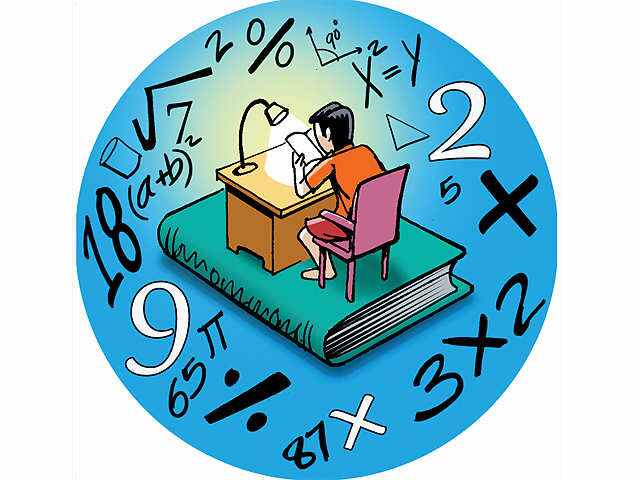the course introduces students -teacher to the basic principles of Language and Literacy. it equips them with the rudimentary concepts that will guide them to acquire the necessary knowledge and skills. It covers key areas such as the nature and concept of language and communication, theories of language acquisition, teacher's and pupils' challenge to develop literacy among learners, This course will be delivered using various inclusive learner centred approaches such as discussion, pair work , brainstorming and presentations. Student -teacher willbeassessed through report writing, assignments and class participation,( NTS & NTECF requirement : NTS1E,1F, 2B, 2C, 2E, 3B and NTECF 1560 ( p25}

The course intends to provide the foundation for the teaching profession by addressing issues of conceptions, misconceptions and prejudices society has about teaching, myths surrounding the use of ICT and barriers to the education of learners with diverse needs and orientation. Additionally, the course seeks to provide student teachers with sound knowledge and understanding of relevant historical, philosophical and sociological trends that influence teaching and education in Ghana (NTECF, p.68). Moreover, student teachers shall be introduced to the principles, practices and expectations of the Bachelor of Education programme. They will examine the nature and structure of the basic education curriculum in Ghana and the assessment benchmarks. Differentiated interactive techniques (discussions, debates, diamond nine) and assessment procedures (case studies ,presentation, report writing, projects) will be employed in the learning process. The course will thus expose student teachers to various learning experiences to enable them to develop and demonstrate skills with passion and honesty. They will also develop critical thinking and commitment to teaching in inclusive classrooms and aspire for continuous professional development and lifelong learning to enable them support teaching in schools (NTEC F p. 68, NTS 1b,1g, p.162d, 3e, 3k, 3p, 3l, p.18).

